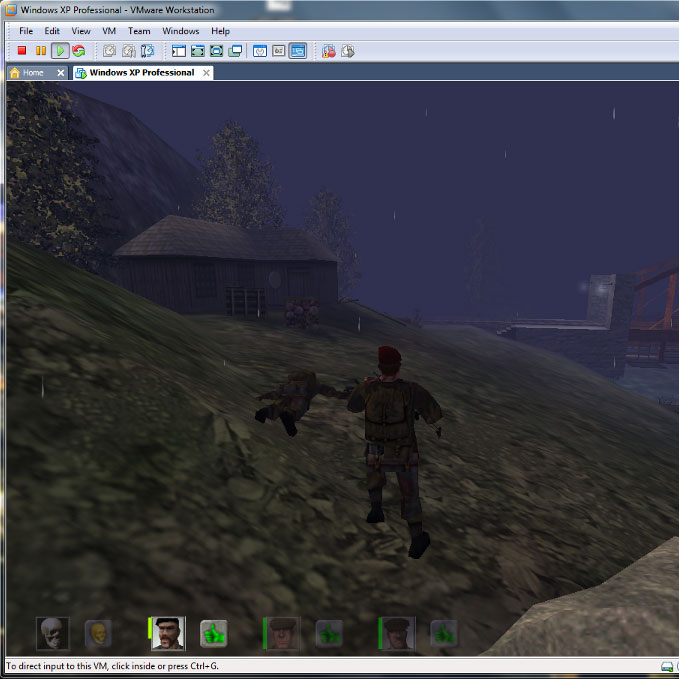Recently I have been able to shed Firefox completely and start using Google Chrome, mainly due to it’s simple and speedy nature, but you can read all about that in my previous quick review of it when it first came out here.
I have recently purchased an OCZ Vertex SSD, the problem with Solid State Drives at the moment is their limited writes and while the MTBF is high enough to not expect to reach the limit before it becomes obselete it is still enough to make you self conscious about what gets to write to the drive.
Web browsers are arguably the most common abusers of file reads/writes on hard drives, the cache is constantly being written and overwritten as you browse and SSD users often look for a way to keep a browser’s cache off their SSD. With Firefox it is as easy as using Firefox Portable, it’s also quite handy to use if you move from computer to computer, but Google Chrome doesn’t have this feature yet, though a Chromium based browser SRWare Iron has a portable version.
There is a simple solution for keeping Chrome’s cache and other user data on another drive and that is the symbolic linking feature found in Windows Vista and Windows 7.
Move the User Data folder from the C:\Users\{username}\AppData\Local\Google\Chrome directory and place it on the other drive in whatever folder you want to call it, I simply put mine in D:\Chrome Profile
The next step is open up Command Prompt as an Administrator (right click, then click “Run as Administrator”) then type in the following command
mklink /J “where you want the symlink and what you want to call it” “where the real folder is”
For Example:
mklink /J "C:\Users\{username}\AppData\Local\Google\Chrome\User Data" "D:\Chrome Profile\User Data"
In this case the symlink name must be called User Data.
The /J command tells it to make a Directory Junction, in other words make windows applications believe that the folder is in the same spot as the symlink, you will notice that if you head to the chrome AppData folder on the SSD that there will be a folder with a shortcut icon in it called User Data, if you double click on it all your user data files with be inside and unlike opening up a normal shortcut, or soft symlink, the files in the folder will all appear to be on the SSD in the correct folder.
If you open up Google Chrome it will open as if nothing happened.
Update 22nd August 2009: I have done the same thing with Firefox’s ‘Mozilla’ profile directory, the only problem is if you load Thunderbird Portable it will for some reason (and somehow) delete your ‘Mozilla’ junction for Firefox, the solution for now is to set up Thunderbird with the ‘Thunderbird’ folder in the same fashion and not use Thunderbird Portable for this function.
 TechGremlin
TechGremlin